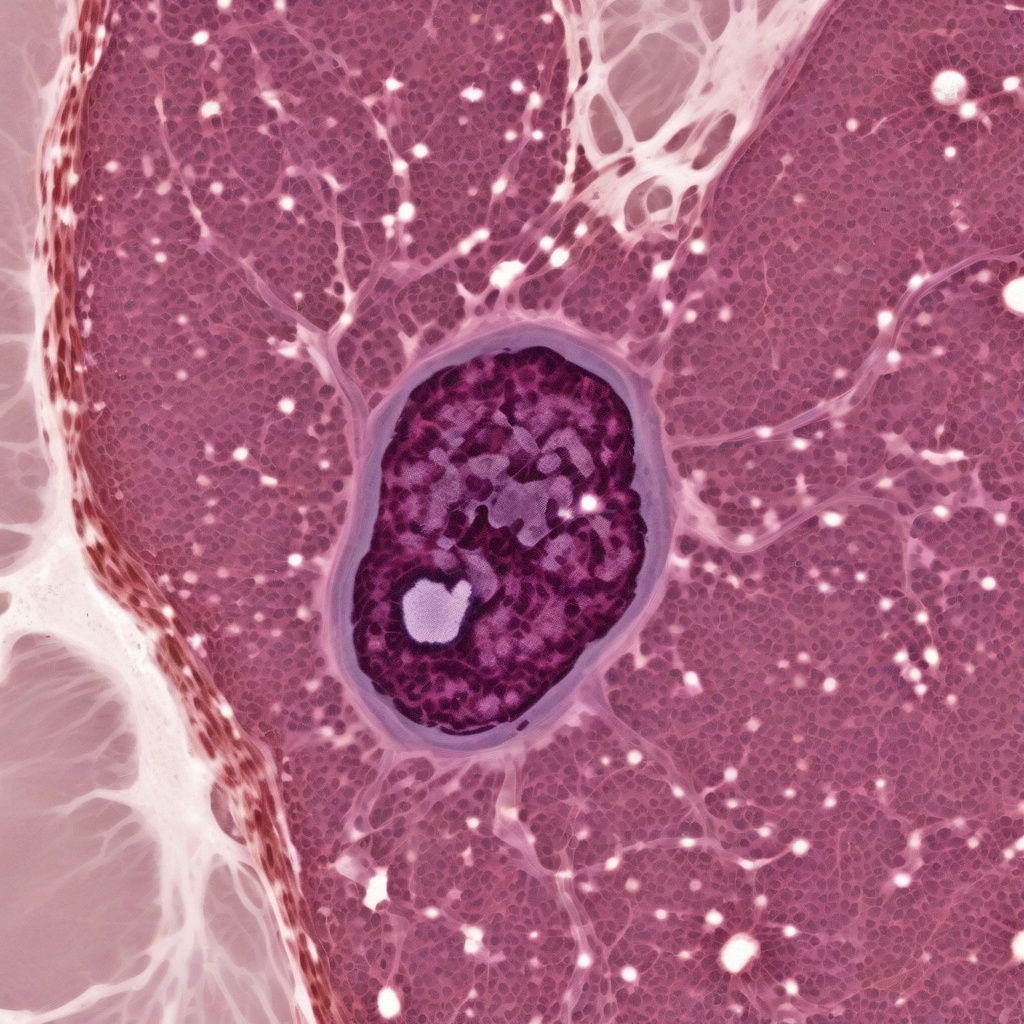Rare Myxoid Myofibroblastoma Case Study in Unusual Buccal Mucosa Location Revealed on ScienceDirect
A recent case study published on ScienceDirect has shed light on a rare instance of myxoid myofibroblastoma occurring in an unusual location – the buccal mucosa. Myofibroblastoma is a rare, benign tumor that typically arises in the breast, but can occasionally be found in other locations. This particular case is significant due to its unusual site of occurrence and the insights it provides into the diagnosis and characteristics of this rare tumor.
Case Presentation
The case study reports on a patient who presented with a swelling in the buccal mucosa, which is the inner lining of the cheek. The swelling was discovered incidentally during a routine examination. The patient’s medical history and clinical examination did not reveal any significant abnormalities. Imaging studies were not reported, but the lesion was excised and sent for histopathological examination.
Histopathological Examination
The histopathological examination of the excised lesion revealed a well-circumscribed, myxoid tumor with a characteristic spindle cell morphology. The tumor cells were arranged in a loose, myxoid stroma, which is a characteristic feature of myxoid myofibroblastoma. The spindle cells had a bland appearance, with no evidence of atypia or mitotic activity.
Immunohistochemical Analysis
The tumor cells were subjected to immunohistochemical analysis to determine their phenotype. The results showed that the tumor cells were positive for vimentin, CD10, CD34, CD99, bcl-2, desmin, and androgen receptor (AR). The expression of INI1 and Rb was intact, and S100 protein was negative. The presence of mast cells was also noted.
- Vimentin: positive, indicating mesenchymal origin
- CD10: positive, suggesting a possible relation to breast tissue
- CD34: positive, indicating a possible vascular or mesenchymal origin
- CD99: positive, often seen in Ewing’s sarcoma, but also in other mesenchymal tumors
- bcl-2: positive, indicating anti-apoptotic properties
- desmin: positive, indicating muscle differentiation
- AR: positive, suggesting a possible role for androgens in tumor development
Discussion
The diagnosis of myxoid myofibroblastoma in this unusual location highlights the importance of considering this rare tumor in the differential diagnosis of oral cavity lesions. The tumor’s characteristic histopathological features, including the myxoid stroma and spindle cell morphology, along with the immunohistochemical profile, allowed for the definitive diagnosis.
Myofibroblastoma is a rare tumor that typically occurs in the breast, but can also be found in other locations, including the skin, soft tissues, and, as in this case, the oral cavity. The tumor is thought to arise from myofibroblasts, which are specialized cells that play a role in wound healing and tissue repair.
Conclusion
In conclusion, this case study highlights the importance of considering myxoid myofibroblastoma in the differential diagnosis of oral cavity lesions, particularly those with a myxoid or spindle cell morphology. The tumor’s characteristic immunohistochemical profile, including positivity for vimentin, CD10, and desmin, can aid in the definitive diagnosis. Further studies are needed to elucidate the pathogenesis and clinical behavior of this rare tumor. Read the full article on ScienceDirect.



